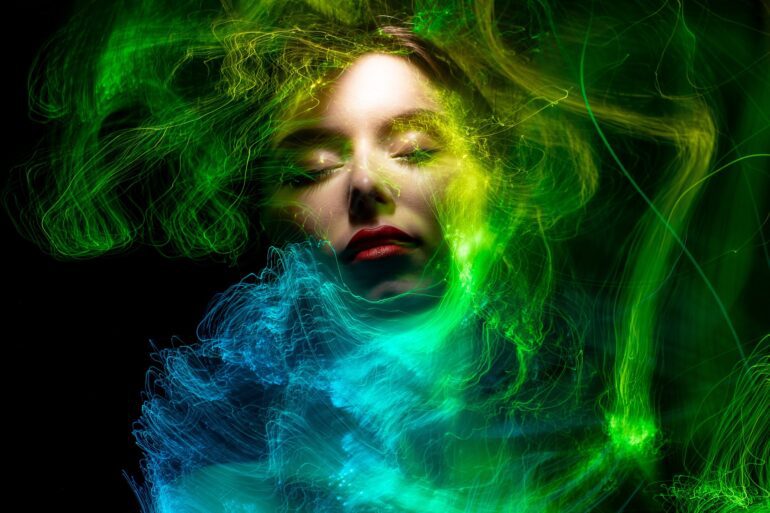- Research suggests that AI-generated images deceive nearly 40% of survey participants.
- University of Waterloo study finds people struggle to distinguish between real and AI-generated individuals.
- Participants focus on details like fingers, teeth, and eyes but often misjudge AI-generated content.
- Rapid advancements in AI technology exacerbate challenges in discerning authenticity.
- AI-generated images pose significant threats for political and cultural manipulation.
- There’s a pressing need for robust mechanisms to detect and counter AI-generated images.
Main AI News:
In recent times, discerning the authenticity of human images, whether they are real or AI-generated, has posed a significant challenge for many individuals.
A recent investigation conducted by scholars at the University of Waterloo reveals that distinguishing between real and artificially generated individuals is more challenging than previously assumed. The comprehensive study, titled “Challenging Perceptions: Exploring the Impact of AI-Generated Visuals on Perception,” is featured in the latest edition of Business Innovations in Technology.
The Waterloo inquiry engaged 260 participants who were presented with a set of 20 images devoid of labels: half were authentic individuals sourced from Google searches, while the remaining images were produced using Stable Diffusion or DALL-E, both widely recognized AI algorithms for image generation.
Participants were tasked with categorizing each image as either real or AI-generated and providing rationales for their judgments. Surprisingly, only 61% of respondents managed to accurately discern between AI-generated and real individuals, falling significantly short of the anticipated 85% benchmark set by researchers.
Andreea Pocol, a Ph.D. candidate in Computer Science at the University of Waterloo and the study’s lead author, remarked, “People’s ability to differentiate between real and AI-generated imagery is not as robust as they believe.”
Participants primarily focused on subtle details like fingers, teeth, and eyes as potential identifiers when scrutinizing AI-generated content. However, their evaluations often proved inaccurate.
Pocol emphasized that the study’s controlled environment allowed participants to meticulously examine images, a luxury not afforded to casual internet users who typically browse through images hastily.
“Individuals who engage in casual browsing or are constrained by time constraints may overlook these nuances,” Pocol remarked.
Furthermore, Pocol underscored the lightning-fast advancements in AI technology, which pose formidable challenges in comprehending the potential for misuse or malicious intent associated with AI-generated images. The rapid pace of technological innovation, coupled with lagging academic research and legislative frameworks, exacerbates the situation. Since the study’s inception in late 2022, AI-generated images have become even more lifelike.
These AI-generated visuals represent a significant threat as tools for political and cultural manipulation, enabling users to fabricate images of public figures in compromising or scandalous scenarios.
“While disinformation isn’t a novel concept, the methodologies employed in disseminating misinformation continue to evolve,” Pocol noted. “There may come a juncture where individuals, regardless of their level of expertise, struggle to differentiate between authentic and fabricated images. Hence, there’s an imperative need to develop robust mechanisms for detection and mitigation. It’s akin to embarking on a new frontier in the AI arena.”
Conclusion:
The findings underscore the growing challenge posed by AI-generated images in the market. Businesses need to recognize the potential for misinformation and manipulation through such visuals. Investing in technology and policies to detect and counter AI-generated content is essential to safeguarding trust and integrity in digital platforms and media. Failure to address this issue could result in severe repercussions for brands and societal trust in the digital age.

